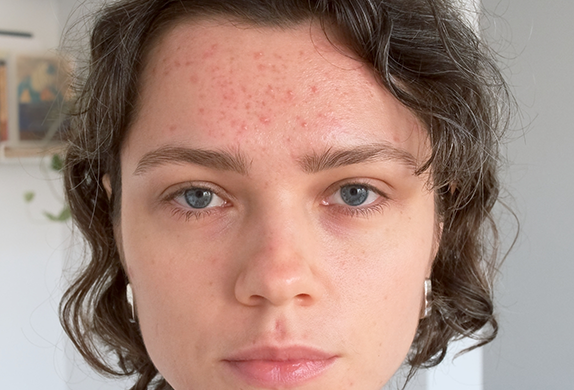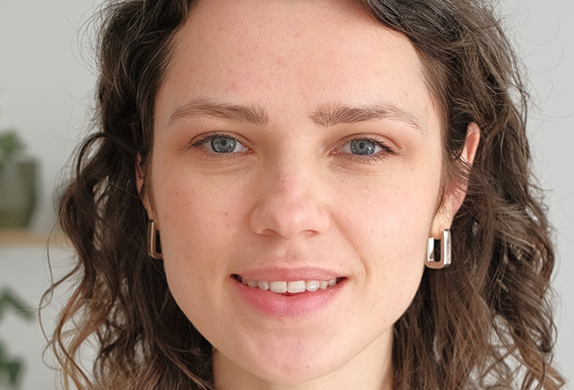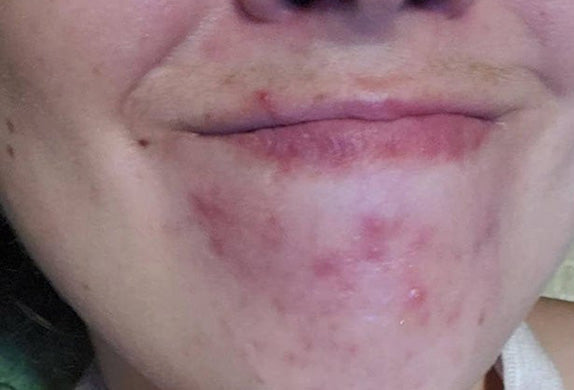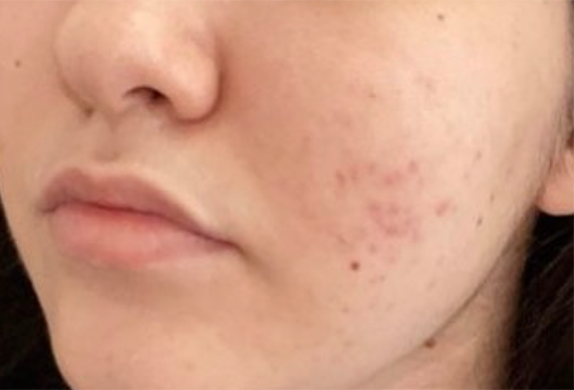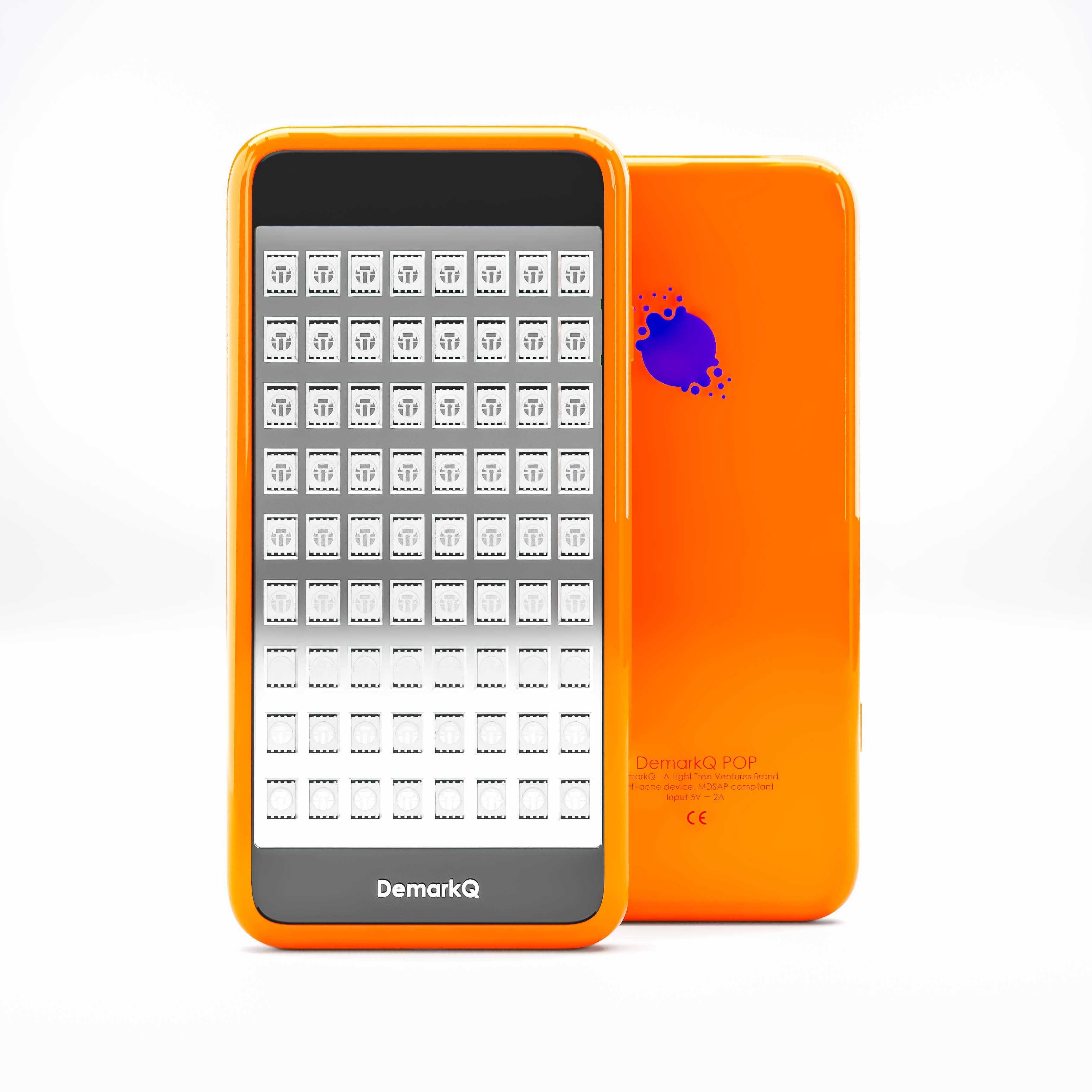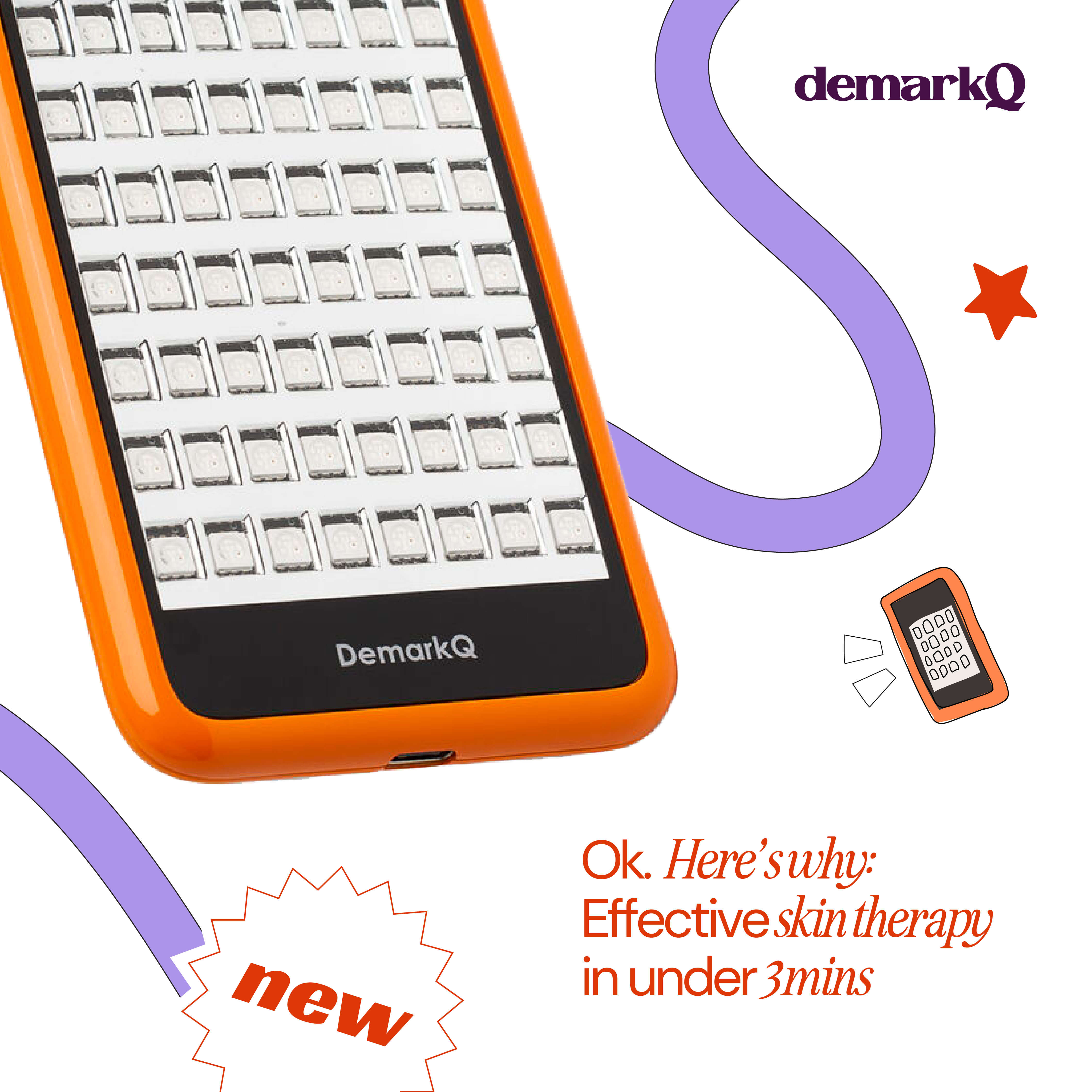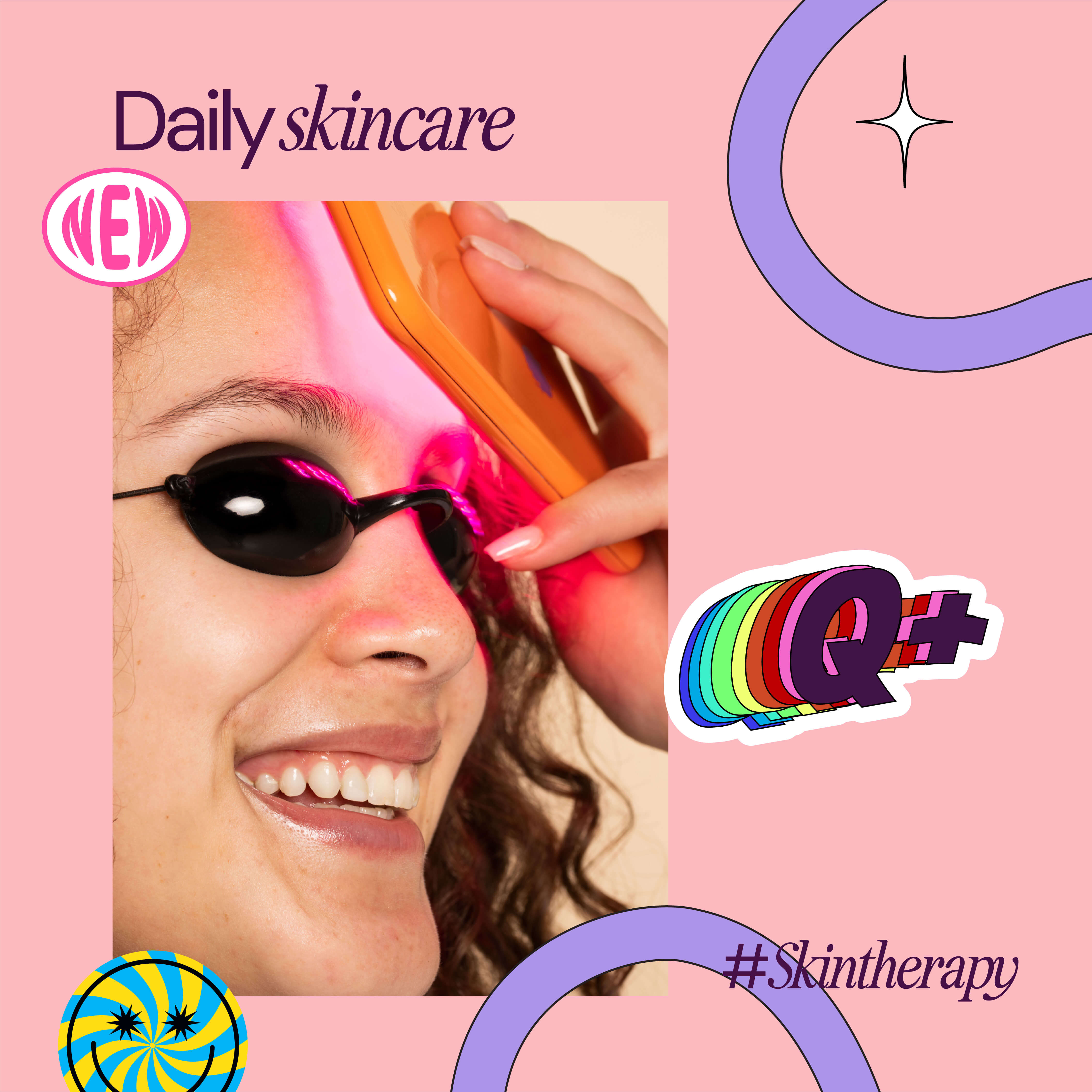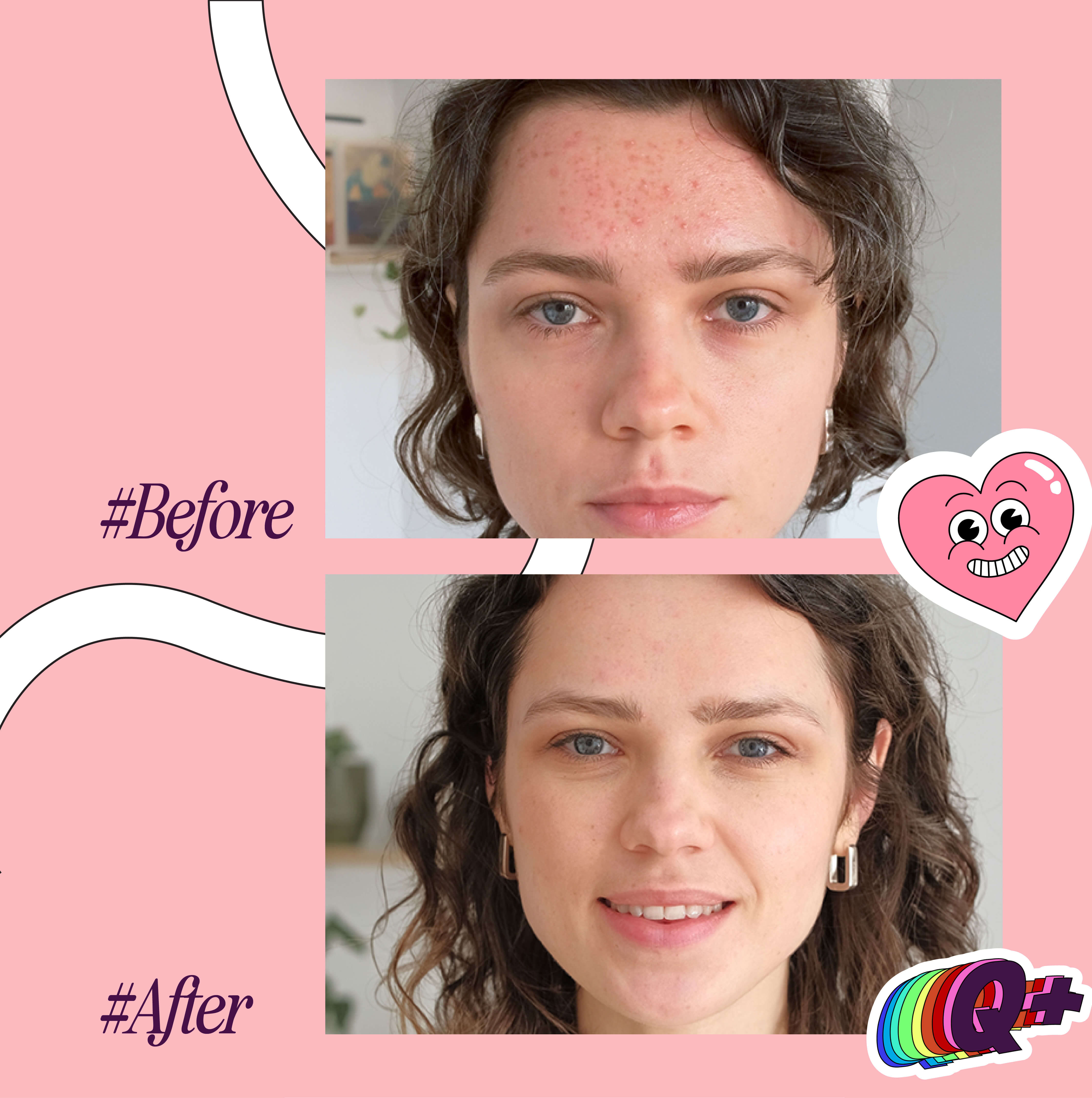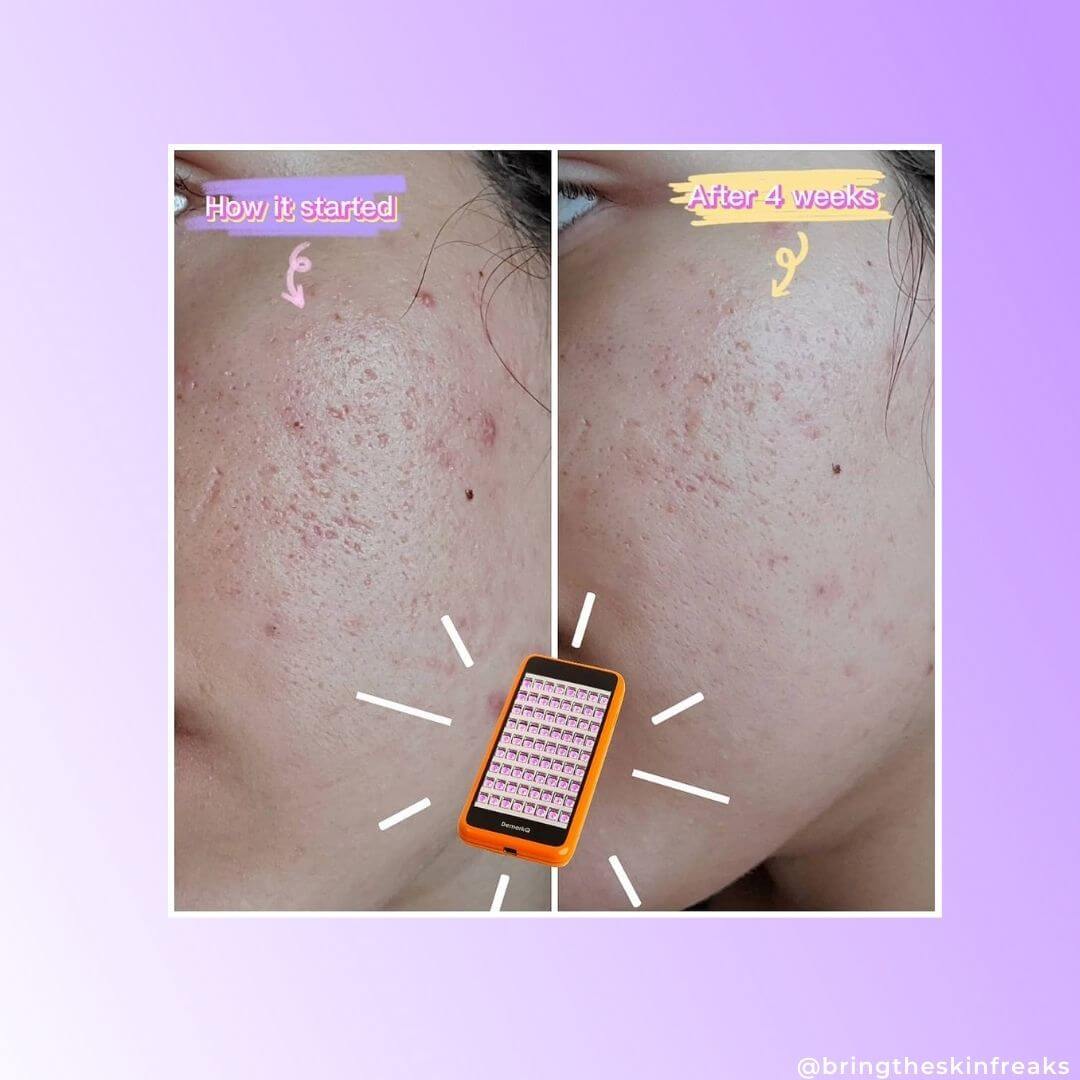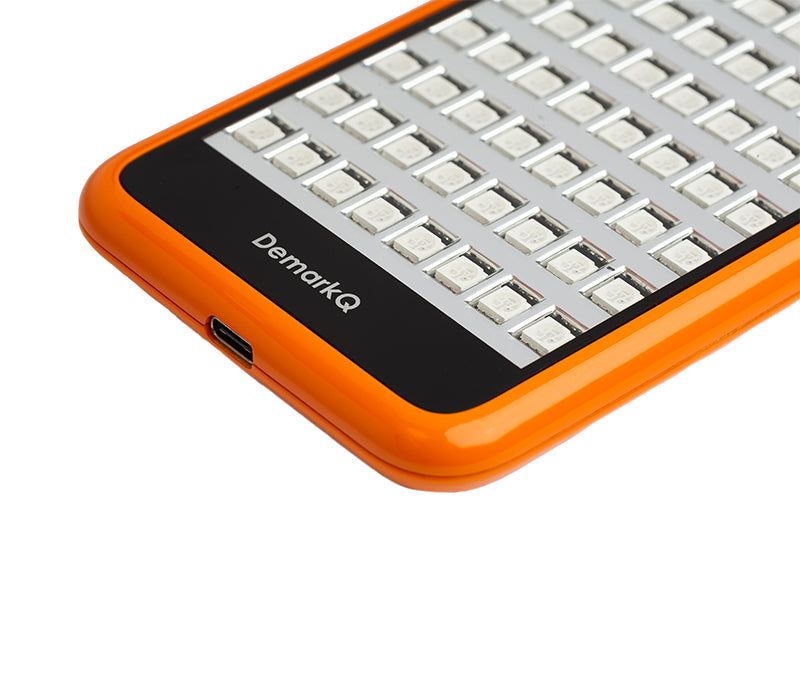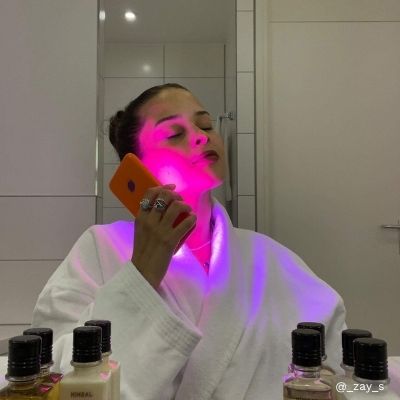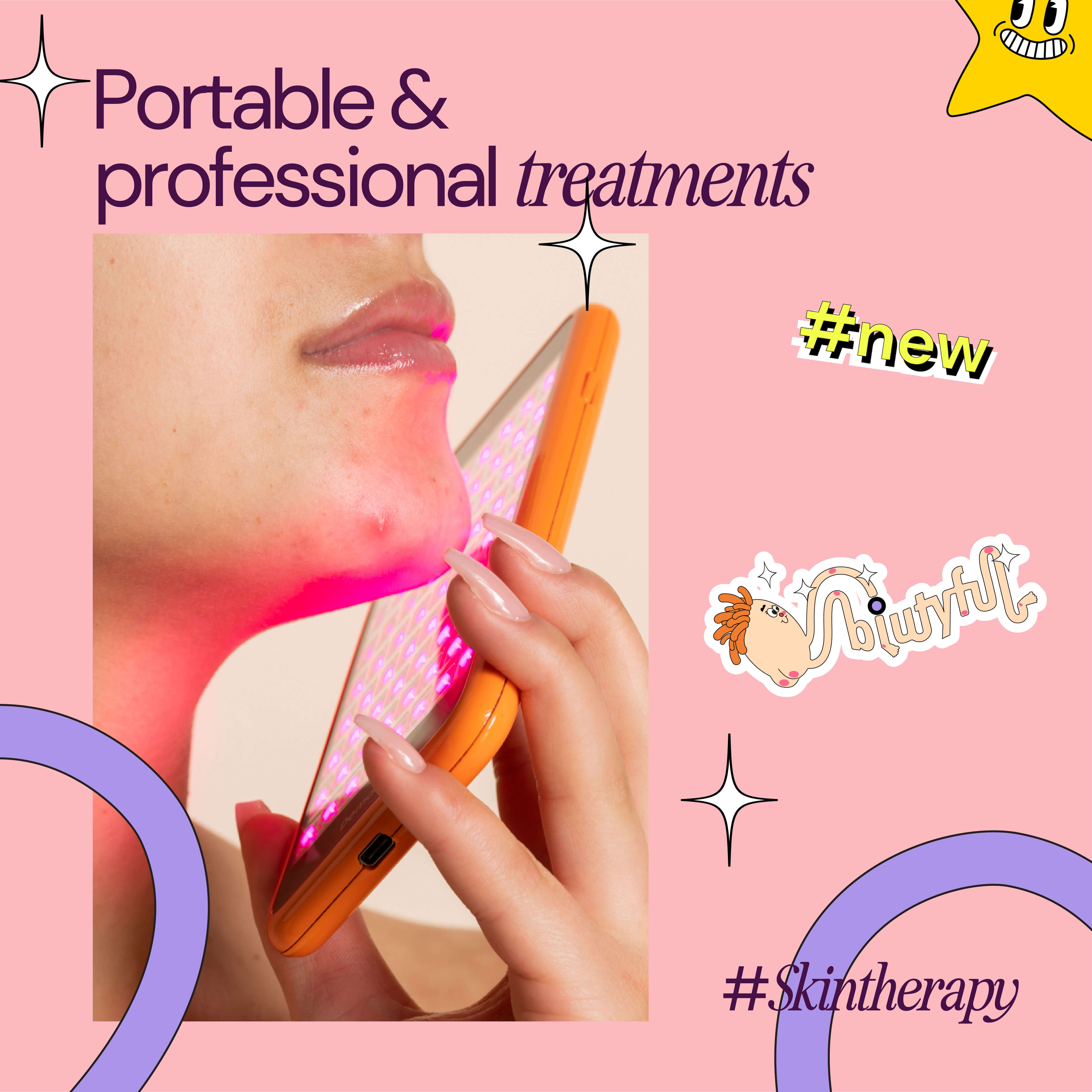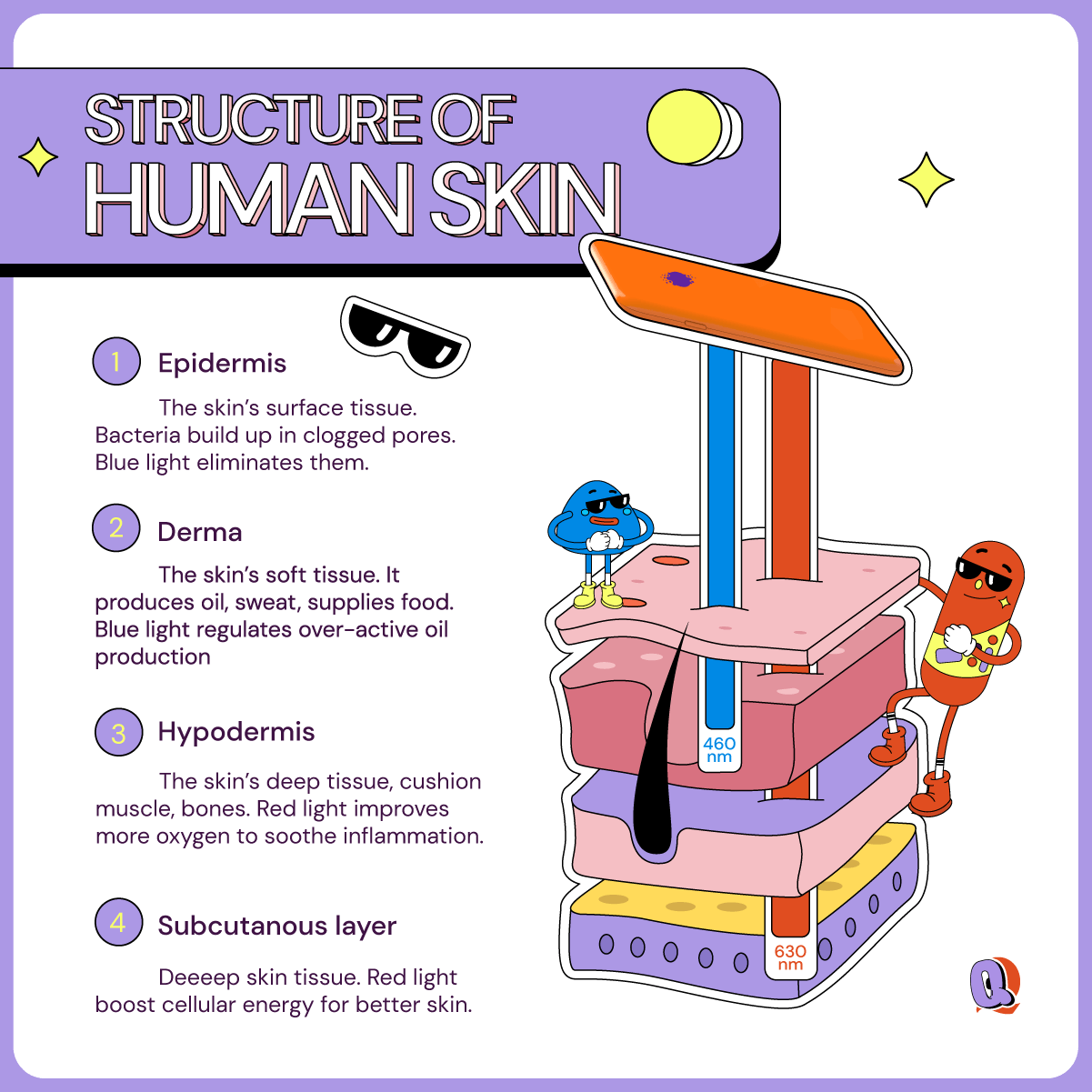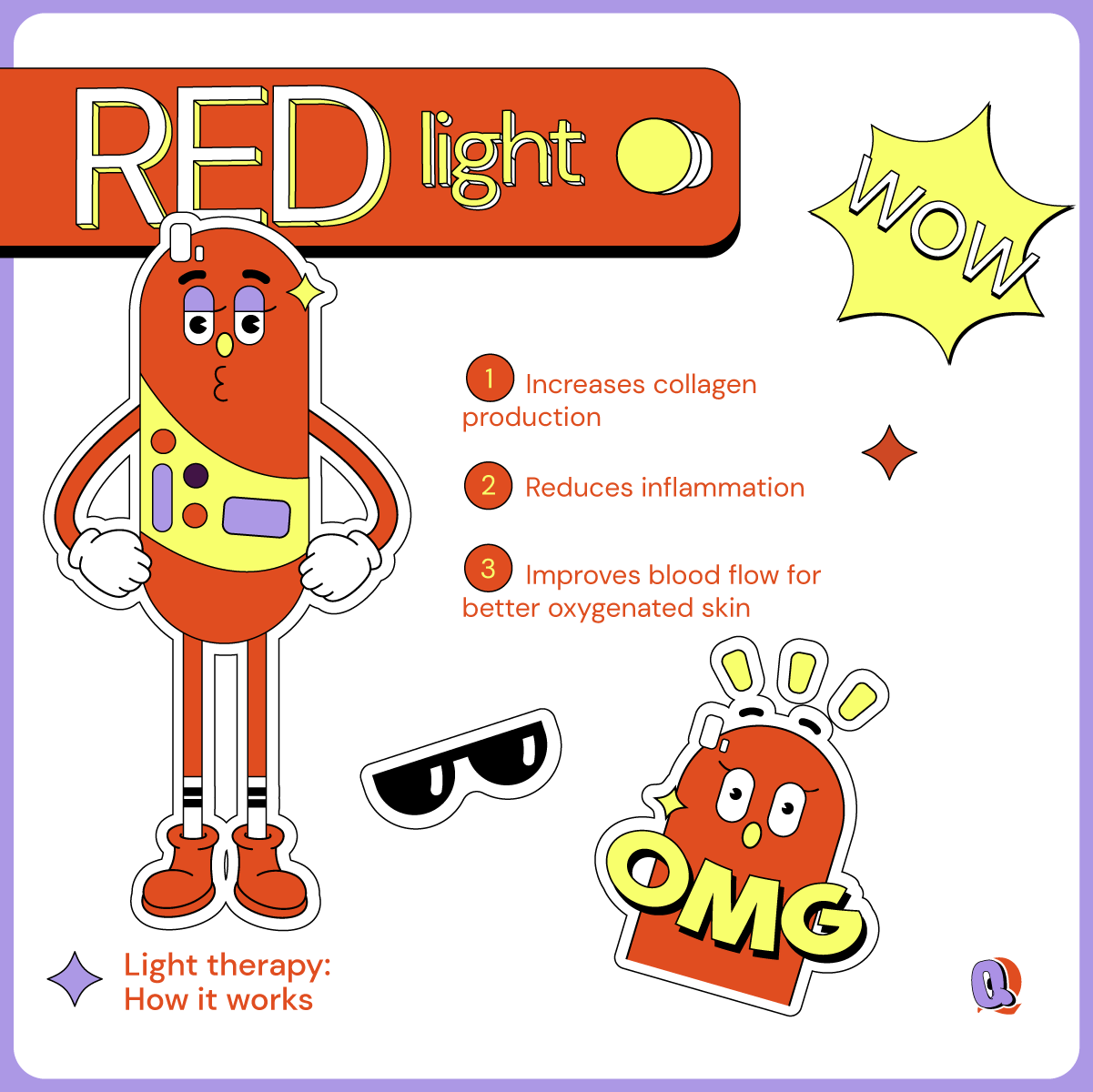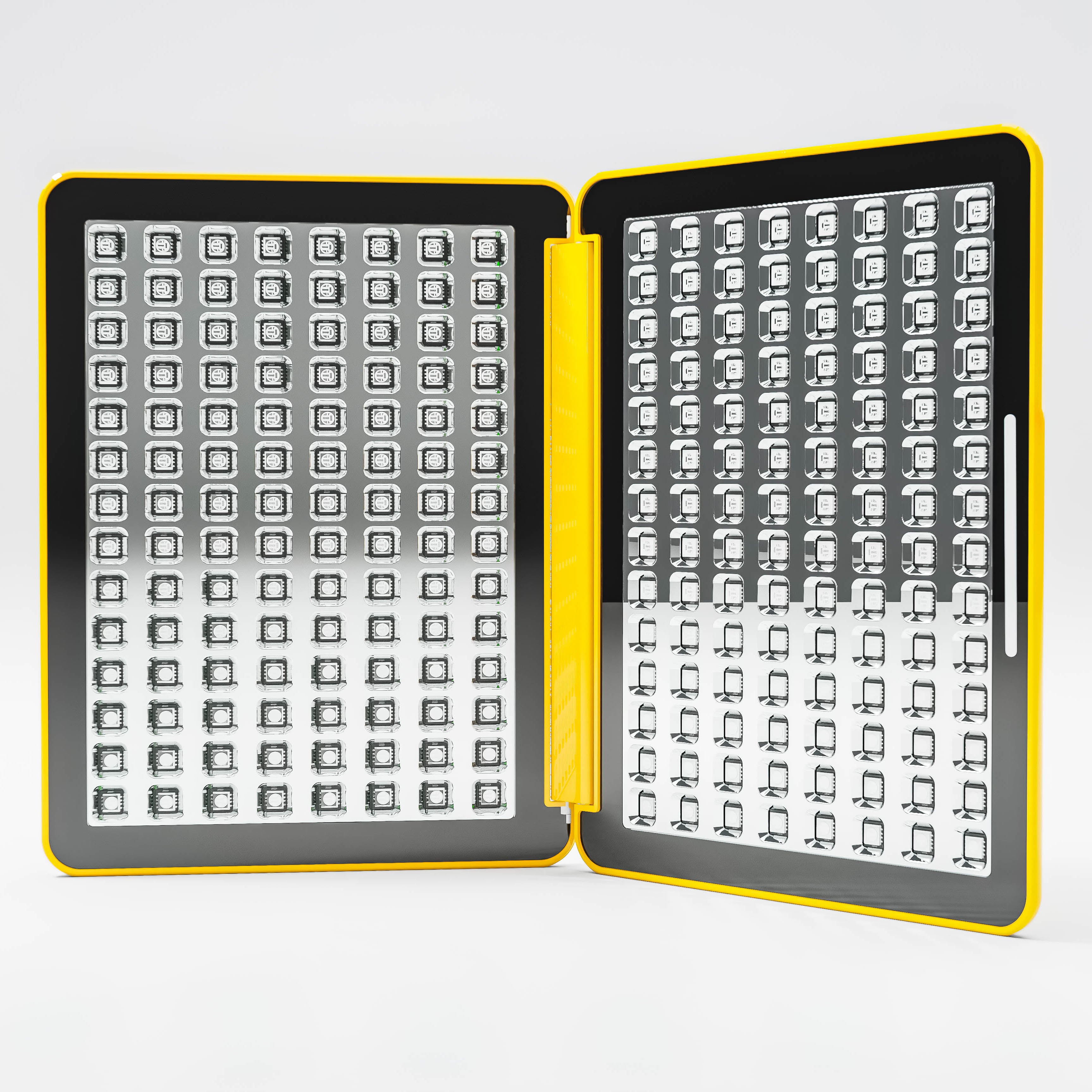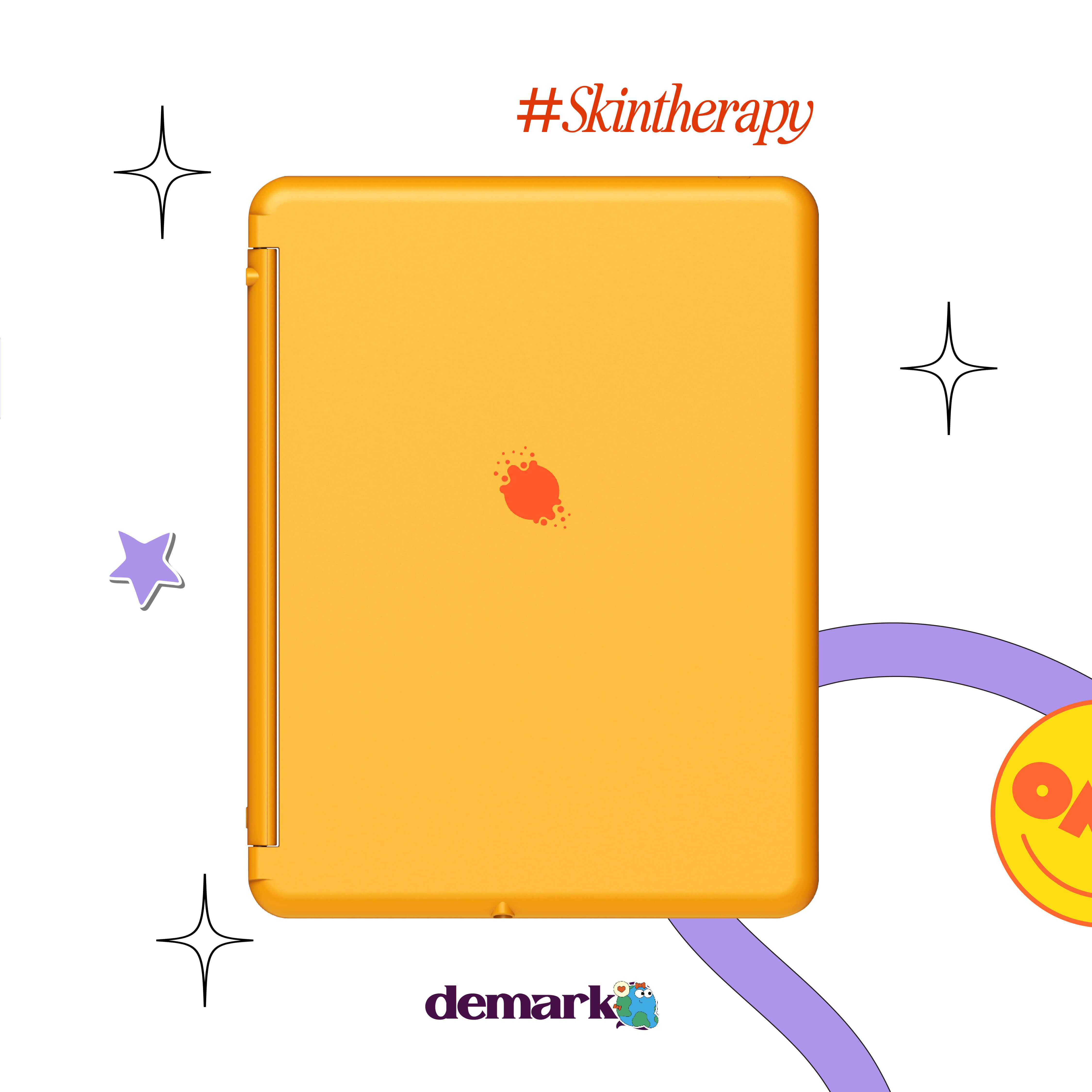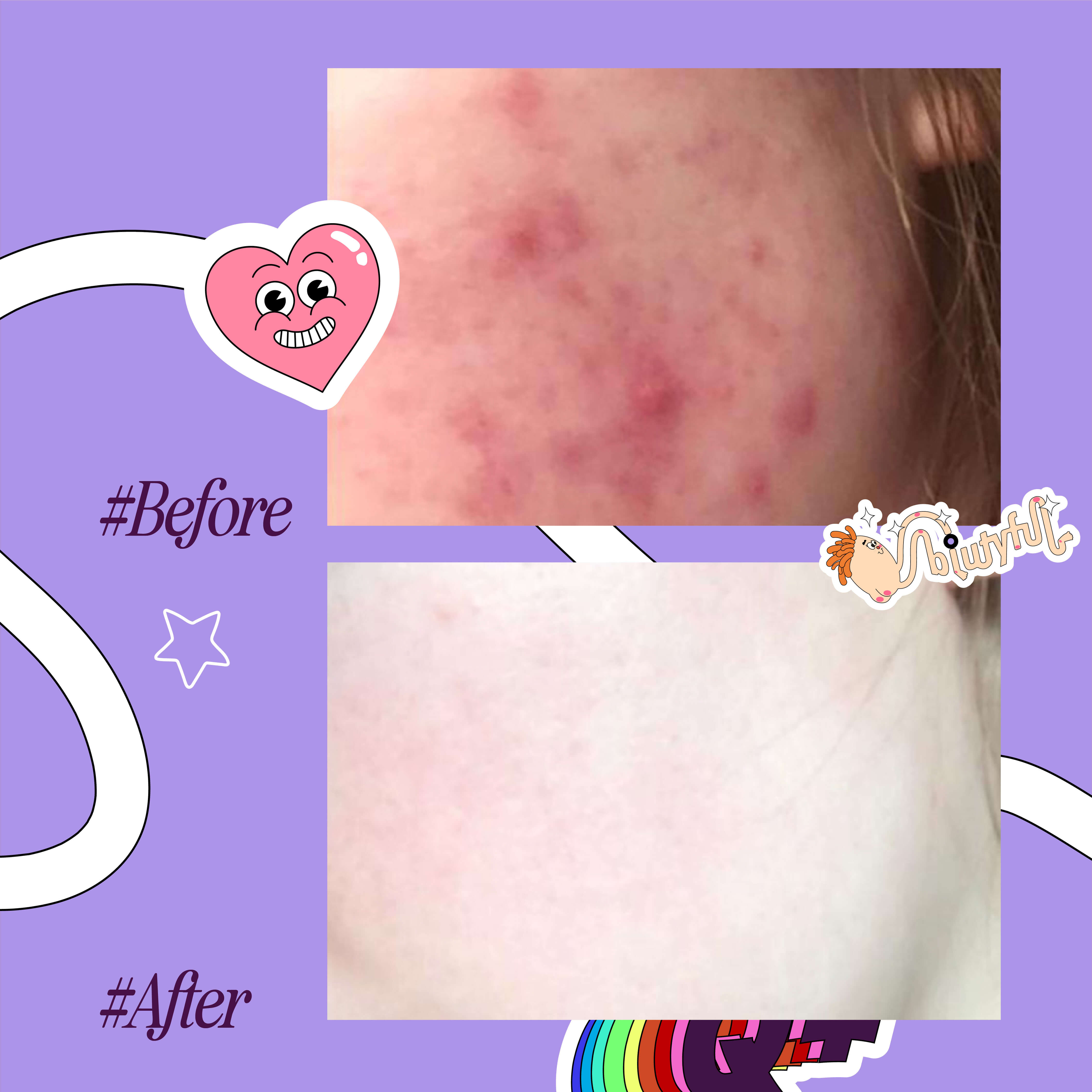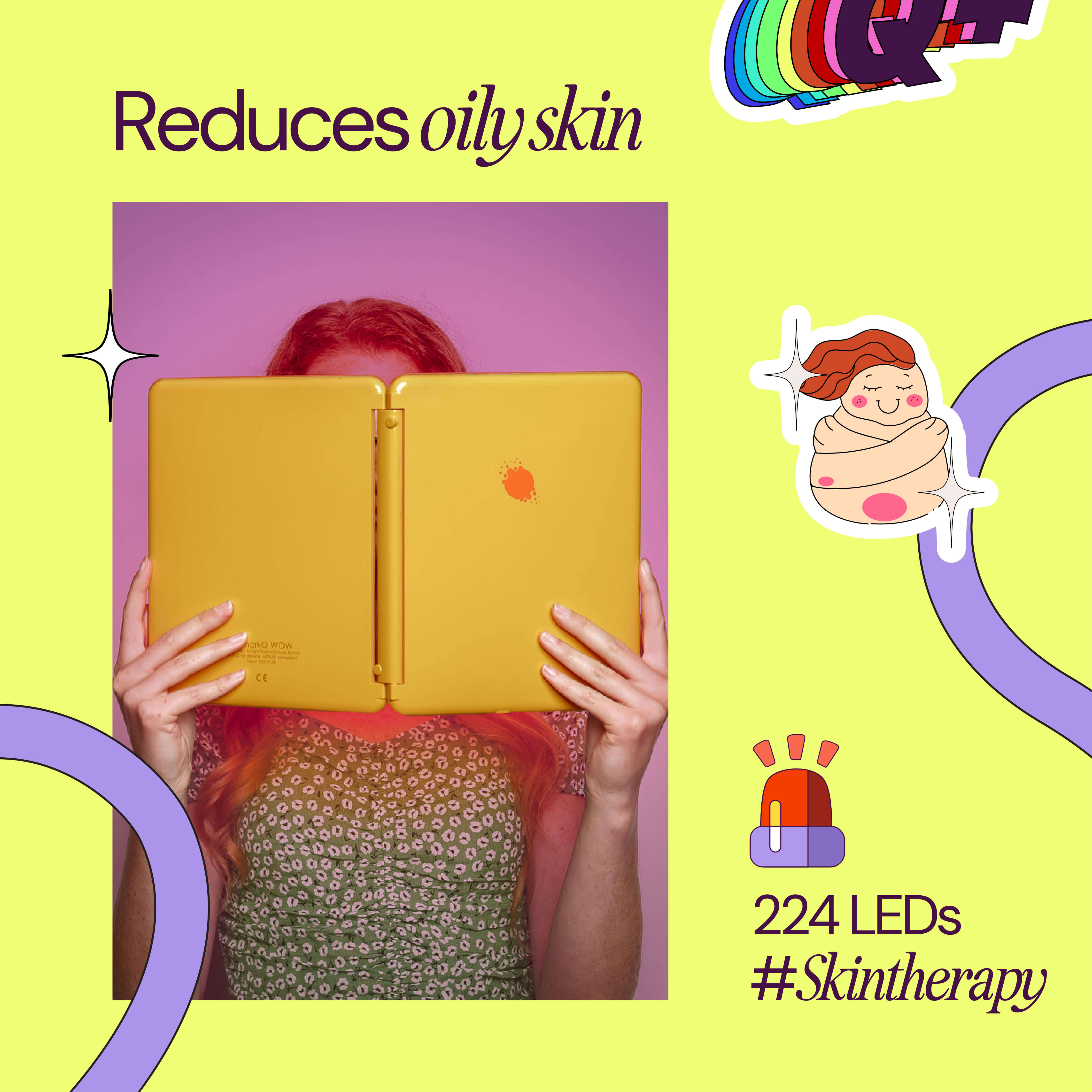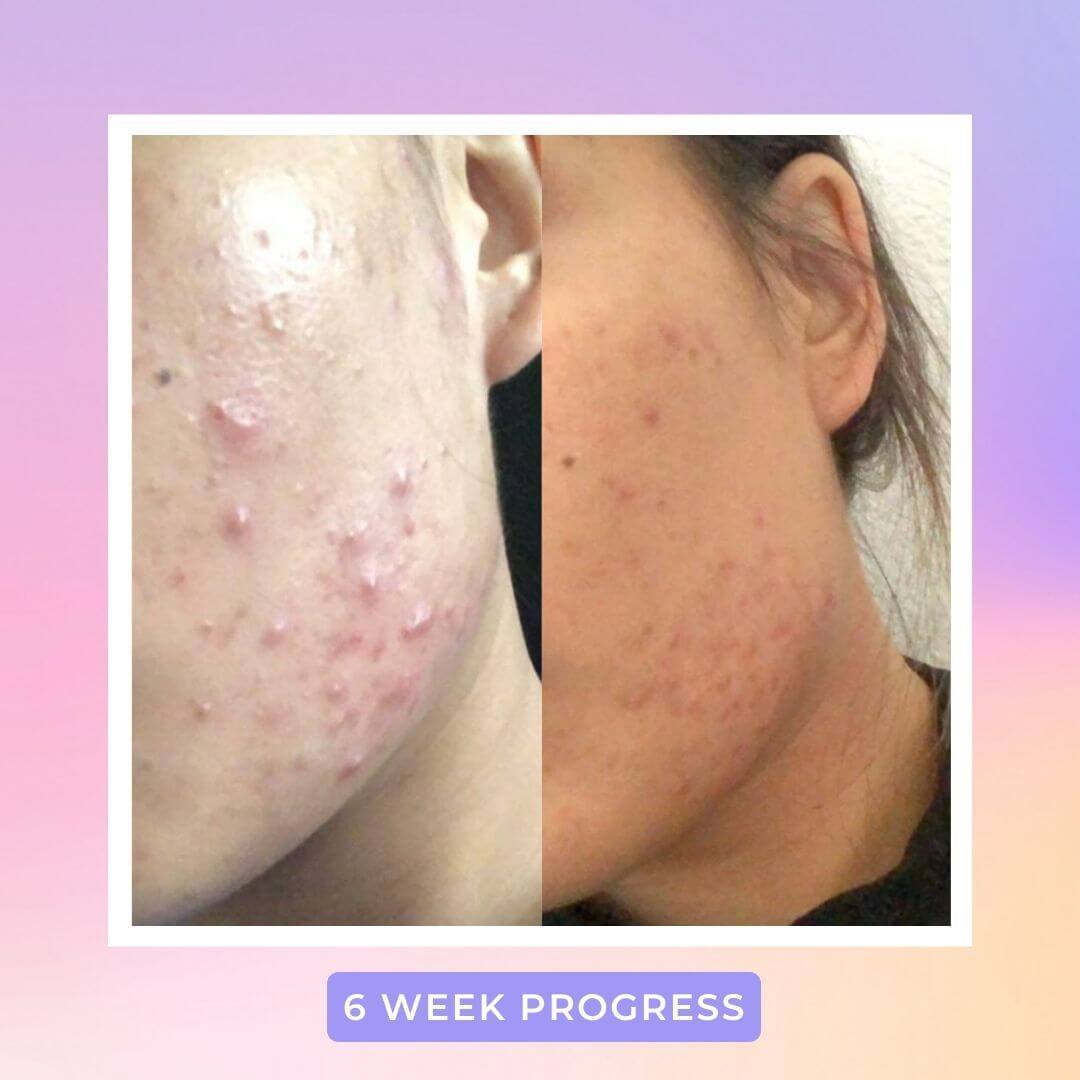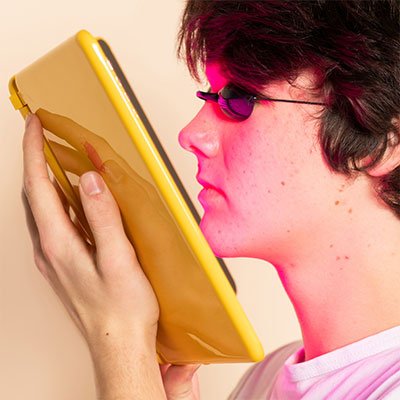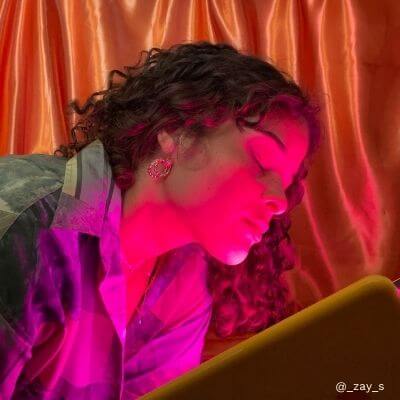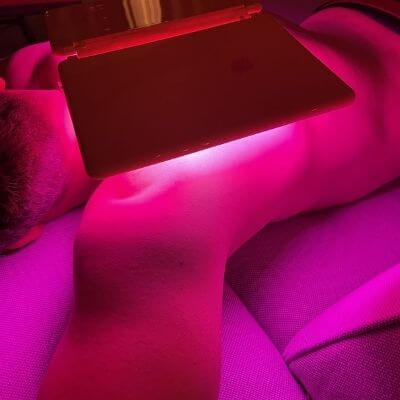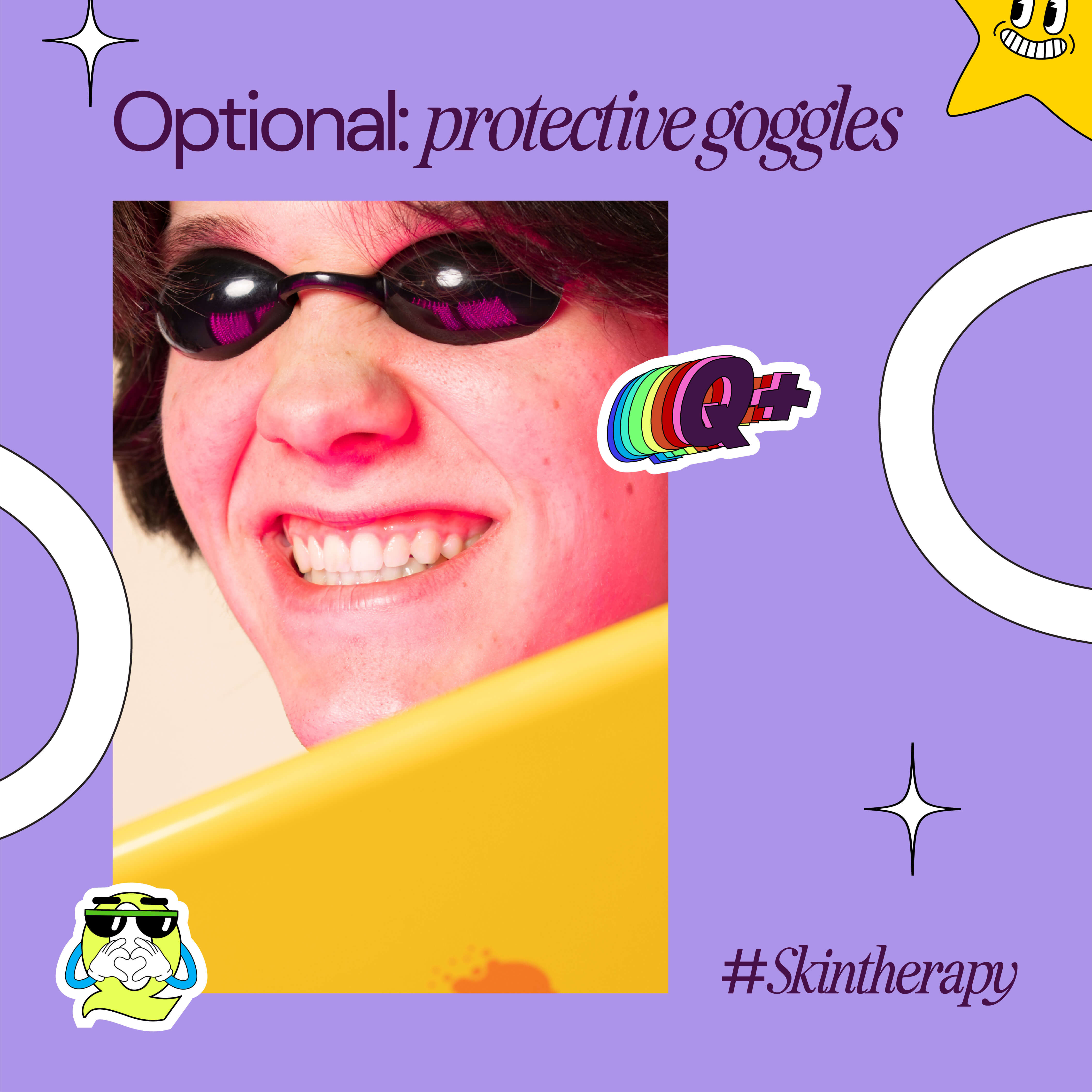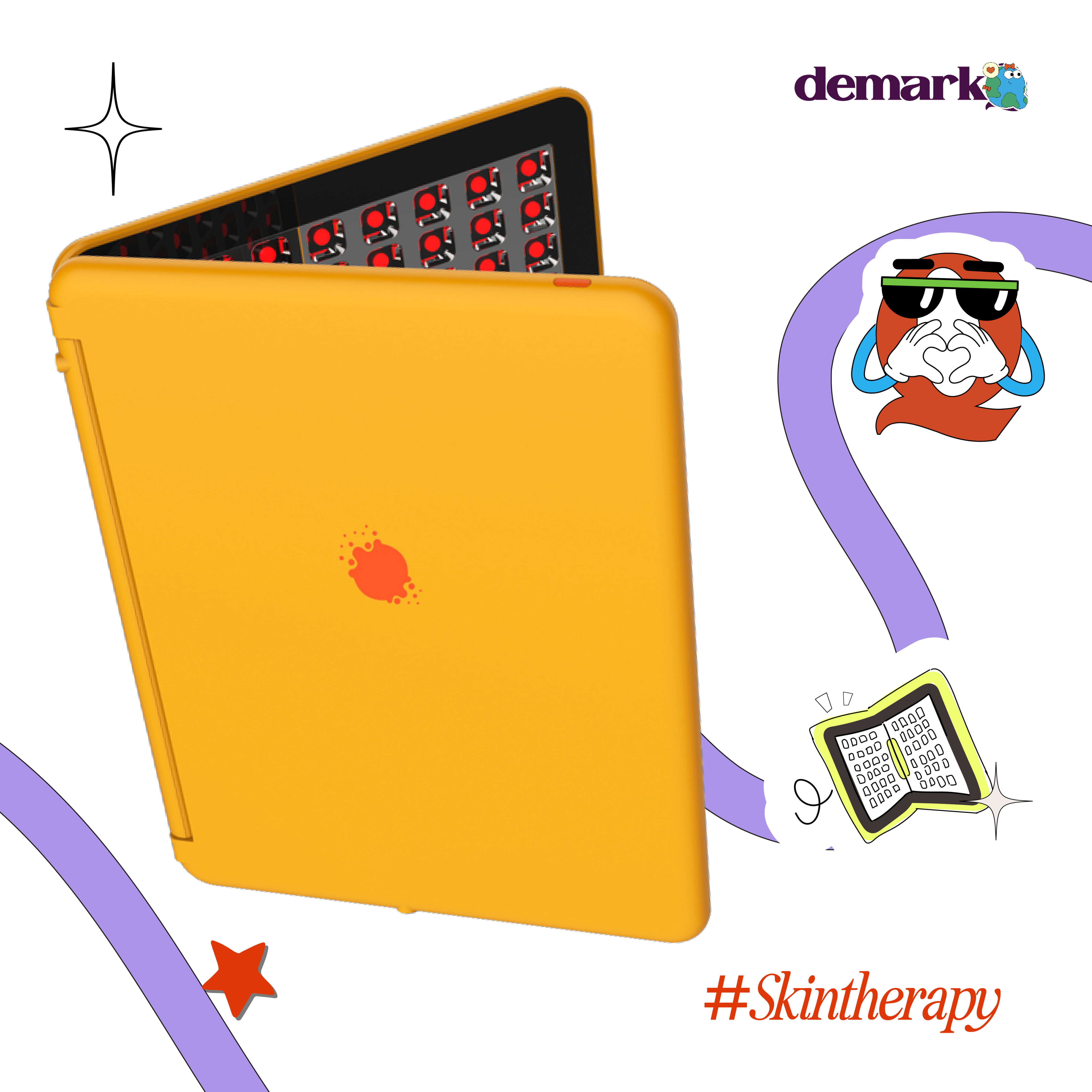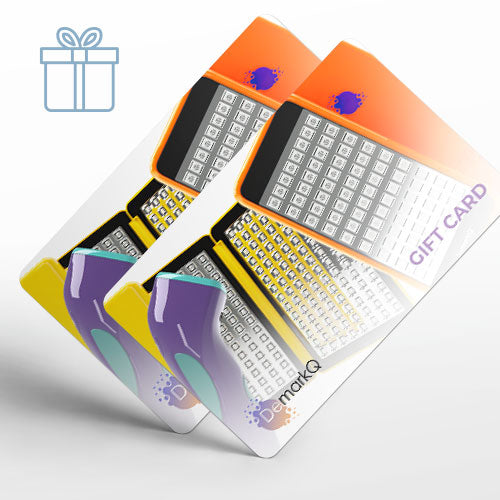Acne scars can take a huge emotional toll on the person suffering from it. In many ways, it feels like a punch to the gut, especially after battling acne for a long time. However, misinformation surrounding scars and the exhaustion from dealing with acne leaves many people confused and unmotivated to heal it. That’s why we’re here to help you find the right treatment for acne scars.
Like we explained in our previous blog post outlining the different types of acne scars : the best way to not have scarring is to prevent acne formation. This is however, obviously, far more difficult said than done.
For most of us, despite our efforts, acne is a persistent problem no matter what we do. And so, acne scars are unavoidable. That’s why today we're addressing all available treatments for acne scars. Through this article, we hope to provide you a complete overview of all treatment options and help you find the right solution.
1. Pigmentation
2. Atrophic scars
3. Hypertrophic/Keloid Scars
1. Pigmentation:
Despite being a direct consequence of acne, pigmentation and discoloration aren't actually acne scars. That’s because discoloration from acne is not a result of tissue damage. Regardless, these pseudoscars aren’t easy to get rid of. While they do eventually fade over time, it can take months, sometimes even years for them to fully disappear. However, that’s not to say we can’t speed up the process. There are some effective treatments for this form of acne scars.
.png)
1. At-home or salon skin resurfacing
This is one of the best ways to heal discoloration in the skin. That’s because this method focuses on exfoliating the skin reducing such superficial unevenness. Skin resurfacing methods include microdermabrasion and (at home or salon) chemical peels. AHA peels (like glycolic and lactic acid peels) have been found to be particularly helpful in this case.
+ cost-effective
+ available in different strengths depending on the skin’s needs
+ convenient
+ can be used frequently
- not as effective as professional procedures
- excessive use/misuse can lead to skin sensitivity
- unlikely to see immediate results
2. UV Protection
Another factor in ensuring these scars fade faster is through the consistent use of sun protection. Pigmentation is a result of excessive melanin product ion in a concentrated area. UV light manufactures and redistributes melanin (what we know as tanning). However, because of melanin is focused in particular area, it often worsens discoloration. That’s why, sun or rain, summer or winter, make sure to put on your sunscreen.
+ has other long term benefits: prevent skin cancer, aging signs, and other forms of hyperpigmentation
+ cost-effective
+ minimal effort
+ widely accessible
- results are not immediate
- may cause irritation in the skin for many people
2. Atrophic scars:
Atrophic scars are a common form of scarring. They are most likely to appear when someone has been suffering from inflamed acne for a prolonged period of time. It can be recognized as small depressions on the skin. Depending on the shape of the depression, atrophic scars can be categorized into one of three categories: icepick, rolling, or box scars.
Atrophic scars form because of collagen underproduction. Collagen is a protein found in the bones, muscles, skin, and tendons of the human body. They help form a fibrous network of cells upon which new cells can grow. It also plays a role in replacing and restoring dead skin cells. As you can tell, collagen is a crucial element when it comes to healing your skin. Unsurprisingly, its underproduction can lead to depressions in the skin surface.
While “fixing” atrophic scars is hard, it’s not impossible. To solve for collagen underproduction, most treatments for these acne scars focus on inducing it.
Before we begin, it’s important to address that there are a number of topical creams sold in the market claiming to have collagen in them. Unfortunately such creams and lotions are often ineffective because the molecules are too large and cannot be absorbed by the skin through direct application.
There are other treatments that can help your skin though.
Again, it is worth noting that one thing always helps is using sun protection. UV exposure results in further inflammation as well as the formation of free radicals. This inflammation disrupts collagen formation and therefore hampers the healing process. So, we’ll say it again, WEAR YOURSUNSCREEN.
.png)
1. Fillers
This procedure is pretty self-explanatory . Basically substances like collagen, hyaluronic acid, or nano fat are injected into the skin to help “fill” in the gaps caused by atrophic scars. As the depressions fill up, their appearance visibly reduces. If you are considering this treatment, we encourage you to seek out trusted professionals to administer the fillings.
+ serves as solution before special occasions
+ results are instantaneous
+ visibly reduces the appearance of atrophic scars
+ visibly reduces the appearance of atrophic scars
+ for nano fat injections, since you use your own bodyfat; you get to kill two birds at once
- results are not permanent
- should be administered by a licensed dermatologist.
- It can get expensive
- invasive procedure
2. Resurfacing procedures
Resurfacing procedures focus removing the top layers of the skin. This can help make the depressions appear more shallow. It can also encourages the body to produce new skin cells. It is essentially exfoliation on hyperdrive. These treatments have successfully resulted in reduced appearance of scars. Resurfacing procedures include laser resurfacing, chemical peeling, and(micro)dermabrasion.
In the past, such treatments were only limited to salons and medical offices. However, in the recent years, the popularity of at-home devices has helped many people use these procedures to treat their acne at home.
+ depending on the procedure’s strength, it might require recovery time
+ widely available
+ boosts collagen
+ results in smoother skin
+ different types of resurfacing methods are available to fit individual needs
- can result in scaling that might last weeks
- can increase skin sensitivity
- can lead to redness and irritation
- improper care after the procedure can lead to severe damage
3. Collagen induction
These procedures “fake” injuries in the skin to trick the body into producing more collagen. As a result the skin re-heals itself, producing more collagen and therefore restoring even texture. Treatments such as micro-needling fall under this category. Micro-needling, as the name suggests, uses small needles to puncture the skin triggering the skin repair response in the body.
While there many at home micro-needling treatments available in , we would encourage you to practice caution as excessive use may lead to actual injuries.
+ at-home options are available
+ effectively boosts collagen
+ results in smoother skin
+ reduces pore size
+ reduces appearance of acne scars significantly
- improper use/overuse can lead to more scarring
- can cause infections if cleaned improperly or exposed to makeup
- bleeding can occur the procedure
4. Light therapy
Light therapy, also known as photo rejuvenation, is a form of low level laser therapy in which an individual is exposed to different wavelengths of LED light. Light therapy can combat a number of skin problems including acne, fine lines, and discoloration.
It is widely practiced and trusted by the beauty and medical community. Red light is particularly useful when it comes to addressing scars. It penetrates into the deeper layers of the skin to reach underlying skin cells. The light increases energy stimulating collagen production. One could say it’s almost like photosynthesis for your skin! Since the treatment is undergoing a lot of innovation, strong at-home solutions are available, more people are adapting these at-home solutions over professional services.
Also note that there are a lot of low quality products on the market that do not have the right light output. Encourage users to do their research.
+ many salon strength at-home options are becoming available
+ effectively boosts collagen
+ results in smoother skin
+ much more gentle on the skin than most resurfacing procedure
+ minimal to negligible side effects
+ does not contain UV light
- There is much misinformation on the topic. So, research is encouraged before buying the right product
Hypertrophic and Keloid scars
Hypertrophic and keloid scars are caused by the overproduction of collagen. It is a result of an overactive healing response. However, because the healing takes place in a localized area, there is overgrowth of scar tissue. Hypertrophic and Keloid scars, unfortunately, are the most difficult scars to heal.
.png)
1. Corticosteroid Injections:
During this procedure, doctors inject these scars with corticosteroid. This helps to break down excessive collagen and reduce inflammation. The skin eventually evens out as the bands of collagen breaks down. It should be noted that excessive use should be avoided as steroids weaken the surrounding skin.
+ significantly reduces the size and height of the scar tissue
+ results in smoother skin
+ heals the scar permanently
- can affect collagen surrounding the scar potentially leading to sunken skin
- needs to be administered by a doctor. So, it’s expensive
- can be painful
- requires recovery time
2. Acne scar surgery/cryosurgery
While this may be a last resort solution for many, it is one of the most effective. During this procedure the dermatologist surgically removes the acne scars. During cryosurgery, however, the doctor freezes the scar tissue so it falls off eventually.
+ significantly reduces the size and height of the scar tissue
+ permanent results
- can lead to hyperpigmentation around the scar area
- needs to be administered by a doctor. So, it’s expensive
- can be painful
- requires recovery time
3. Resurfacing procedures
Resurfacing procedures remove top layers of the skin flattening the raised scars. This can be a slow procedure depending on the size of the scar and might not completely heal the scar. Regardless, it definitely helps with minimizing the appearance of acne scars.
4. Silicon Gels
This is one of the few at-home procedures to treat Hypertrophic and Keloid scars. Over-the-counter silicon gels help flatten the skin by keeping the scar tissue hydrated. This reduces irritation and redness, making the scar less visible and more comfortable.
+ one of the few at-home procedures
+ relatively inexpensive compared to other treatments
+ effective for smaller scars
- cannot completely flatten the scar
- requires time(months up to a few years)

